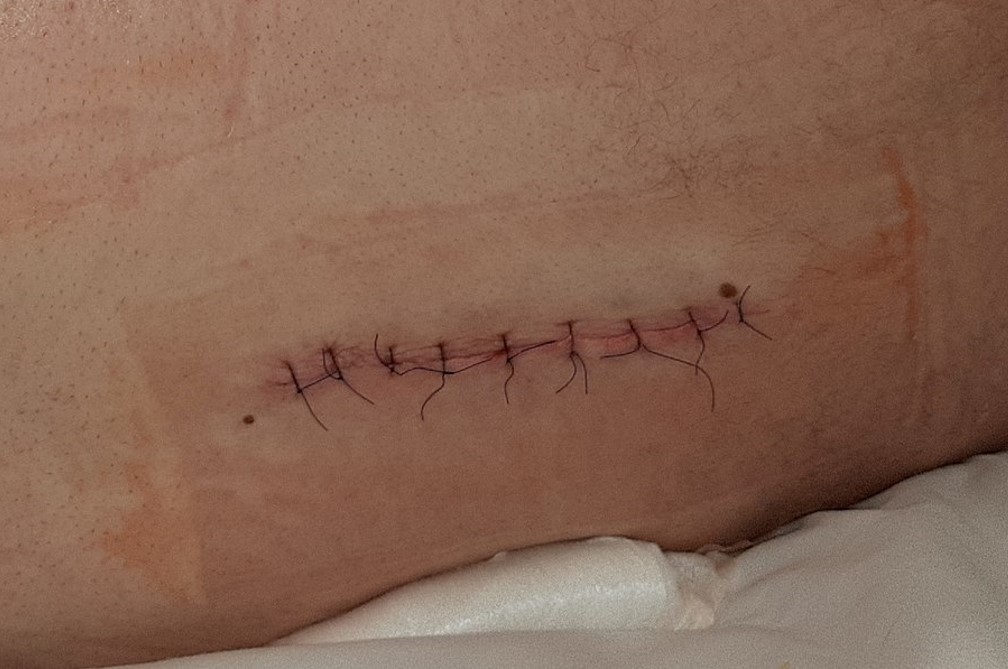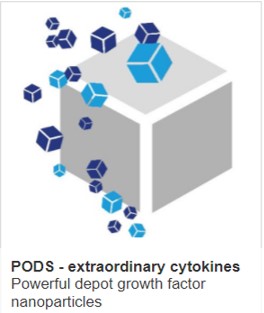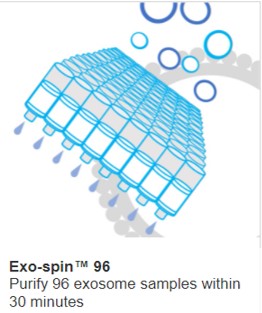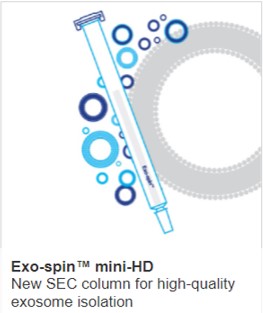The silence of silk: tolerance of foreign proteins

Immune reactions are a hazard of protein drug development. Why are some foreign proteins such as silk and botulinum toxin (Botox) tolerated?
The immune system is unpredictable. Its response varies between species, which makes extrapolation from animal models, and between individuals, difficult. The specific response is very context-dependent. Mice, for example, will not develop gouty-type inflammation, without supplementing their diets with a specific fatty acid.
Self vs. non-self is not a complete arbiter of an immune response. Even human proteins, such as EPO given repeatedly in high concentrations can lead to a drug response and autoimmunity. This may lead to the immune system ultimately attacking the same protein produced naturally by the patient, which can be fatal.
Aggregates or repeats of protein motifs, similar to those seen in the coats of pathogens, can be more immunogenic. So why is it that silk, a repeated protein motif used in large quantities not highly immunogenic? Why do vaccines, clearly non-self, require adjuvants to work sufficiently to provide immunity? Similarly, the immune system allows localized tolerance of proteins from food. The exact mechanisms that allow a tolerance of food proteins are still being elucidated. But, when this mechanism does not work properly, this can lead to food allergies.
The immune system is specialized in different areas of the body. Mucosa surfaces and the gut each have distinct immune systems. Some areas of the body, such as the CNS, eye and testes are immune privileged with limited access for the immune system.
Humoral immunity (antibody-mediated immunity) responds to foreign proteins outside cells. The level of antibody-mediated response to foreign proteins varies dependent on the specific antigen and the timing and level of exposure. Vaccines, for example, typically require booster shots to generate maximal protective effects through the creation of neutralizing antibodies.
Botulinum toxin is widely used to treat disease and pain, as well as its more well-known use to reduce wrinkles. Botulinum toxin exists in a variety of forms with a core neurotoxic protein surrounded by non neurotoxic complexing proteins. An inflammatory response is produced by Botox with the release of the pro-inflammatory cytokines IL-6 and TGF-β1. Moreover, neutralizing antibodies against botulinum toxin proteins are generated. In most cases, antibodies generated against Botulinum toxin core protein are non-neutralizing and treatment continues to have efficacy. It is important to note that an immune response is generated by Botox, but it is moderate.
Silk has two major components, fibroin (70-80% and sericin (20-30%). Fibroin is the structural protein and sericin is the gum that holds them together. Sericin is composed of 18 amino acids, one-third of which is serine. Sericin is primarily used in medicine for wound suturing. Similar to Botox, sericin promotes a weak inflammatory response.
The immunogenicity of protein therapeutics is difficult to predict. Even species closely related to humans, such as non-human primates, can have distinct responses. Ideally, in-vitro assays using components of the human system should be used to predict immune response. Whilst such assays are available, they are still incapable of modelling in-vivo responses. Ultimately, drugs still need to be tested in humans before the risk of drug immunogenicity can be discounted.
IMAGE: Creative Commons



